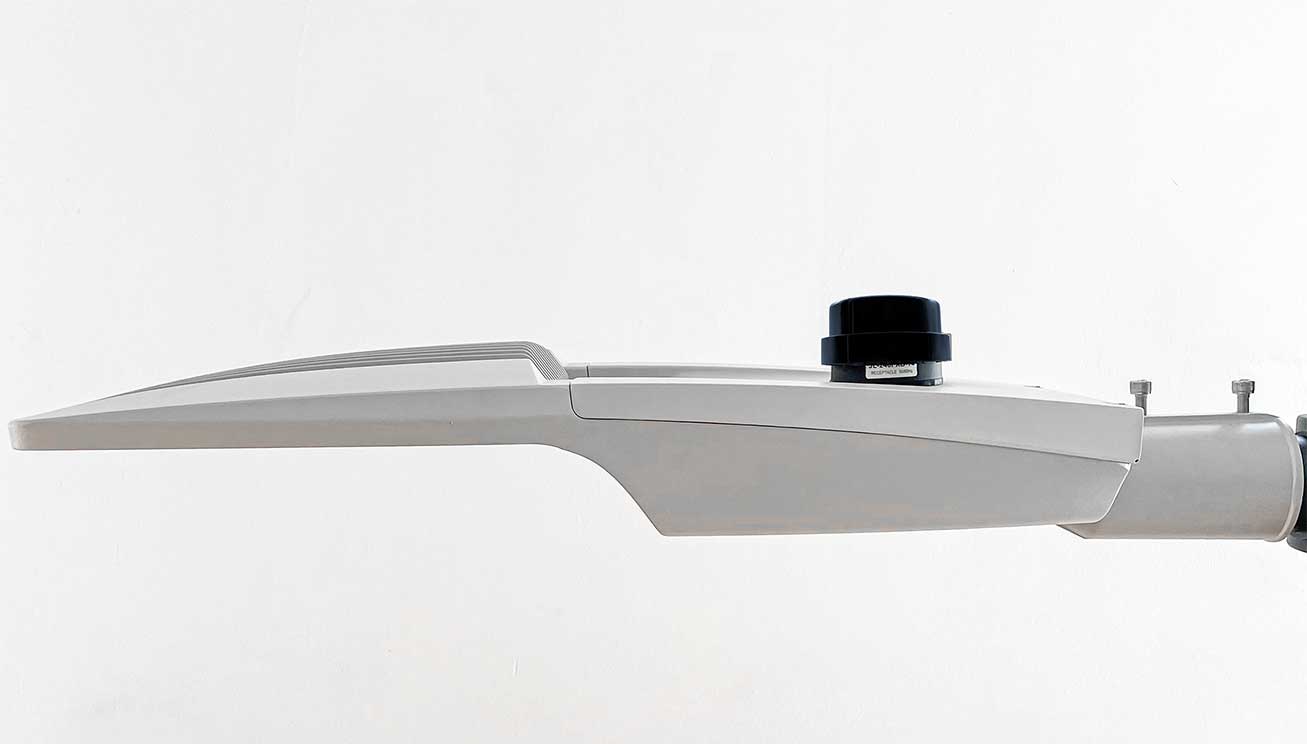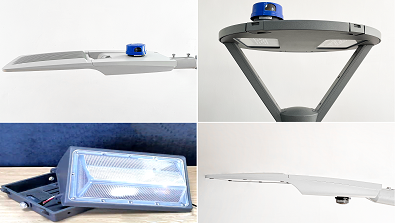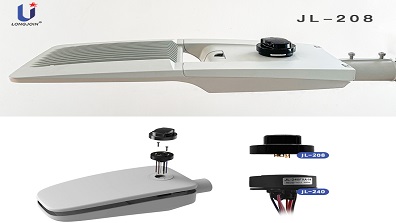Call us
+86-21-56666351Street lighting systems are vital for urban safety and visibility, but their efficiency and maintenance often rely on specialized components like the street light shorting cap. If you've ever wondered how cities keep their streetlights operational even during maintenance or upgrades, shorting caps play a critical role. This blog explores what a shorting cap is, its functionality, and why it’s an essential part of modern street lighting infrastructure, particularly in systems using NEMA/ANSI standards or Zhaga receptacles. By understanding these components, municipalities and lighting professionals can optimize energy use and system reliability.
A street light shorting cap is a device used to close or maintain the electrical circuit in a street lighting system when a photocell or smart controller is absent or under maintenance. Typically designed to fit NEMA 3-pin receptacles or Zhaga interface receptacles, shorting caps ensure that streetlights remain powered on, providing continuous illumination for safety. Unlike a photocell, which automatically controls lighting based on ambient light levels, a shorting cap acts as a temporary bypass, keeping the circuit closed without light-sensing capabilities. For example, the JL-208 NEMA Shorting Cap from LongJoin Intelligence is an ANSI C136.10-compliant component with an IP66 rating, ensuring durability in harsh outdoor environments. Made from UV-stabilized polycarbonate and high-impact polybutylene terephthalate, it withstands ultraviolet exposure and weather conditions, making it ideal for temporary use during maintenance or as a placeholder until smart controllers are installed. This functionality reduces downtime and ensures public safety by keeping lights operational.
| Feature | Description |
|---|---|
| Material | UV-stabilized polycarbonate enclosure, high-impact polybutylene terephthalate base |
| IP Rating | IP66 for dust and water resistance |
| Compatibility | ANSI C136.10 NEMA 3-pin receptacles |
| Purpose | Maintains circuit during maintenance or photocell absence |
Shorting caps are indispensable in scenarios where intelligent lighting controls, such as automatic street light on-off controllers or twist lock photocells, are not yet installed or are being serviced. Here’s why they’re critical:
Temporary Power Continuity: When a photocell light bulb socket or smart controller fails, a shorting cap ensures the light remains on, preventing dark spots in public areas like roads or parking lots.
Cost-Effective Maintenance: Shorting caps are a low-cost solution, allowing municipalities to delay full upgrades to smart systems while maintaining functionality.
Compatibility with Standards: Devices like the JL-208 are designed for NEMA 3-pin receptacles, ensuring seamless integration with existing infrastructure, which is common in North American street lighting systems.
According to industry standards, shorting caps like those from LongJoin Intelligence are built to withstand over 50,000 cycles, offering long-term reliability. This durability is crucial for urban planners aiming to reduce maintenance costs while ensuring consistent lighting.

As cities transition to smart lighting systems, shorting caps serve as a bridge during upgrades. For instance, a Zhaga receptacle—a European standard for smart lighting—may eventually house a Zhaga interface light controller. Until then, a shorting cap can maintain the circuit. This is particularly relevant as smart controllers, like those compatible with DALI or 0-10V dimming, are increasingly adopted for energy efficiency. Shorting caps also support the scalability of smart cities. By using a street light shorting cap, municipalities can install NEMA dimming receptacles or Zhaga interface receptacles and temporarily use shorting caps until advanced controllers are budgeted. This phased approach reduces upfront costs and allows for future-proofing lighting infrastructure.
| Component | NEMA Shorting Cap | Zhaga Shorting Cap |
|---|---|---|
| Standard | ANSI C136.10/41 | Zhaga Book 18 |
| Voltage | 120-277V or 480V | Low-voltage DC |
| Use Case | North American street lights | European smart lighting |
| Dimming Support | Limited (3-pin) or advanced (7-pin) | DALI/0-10V compatible |
Installing a street light shorting cap is straightforward, especially for twist lock photocell bases. Here’s a general process:
Power Disconnection: Ensure the streetlight’s power supply is turned off for safety.
Alignment: Align the shorting cap with the NEMA 3-pin receptacle or Zhaga receptacle, often marked with a north-facing arrow for correct orientation.
Twist and Lock: Insert the cap and twist clockwise to secure it, ensuring an IP66 seal against environmental factors.
Testing: Restore power and verify that the light remains on continuously, as shorting caps bypass light-sensing controls.
Maintenance is minimal due to the robust materials used. However, periodic checks for wear or UV damage are recommended, especially in extreme climates. LongJoin’s JL-208, for instance, is designed for easy handling and durability, reducing replacement frequency.

Q1: What is the difference between a shorting cap and a photocell?
A shorting cap maintains a closed circuit to keep lights on continuously, while a twist lock photocell automatically turns lights on or off based on ambient light levels, saving energy.
Q2: Can a shorting cap be used with LED street lights?
Yes, shorting caps like the JL-208 are compatible with LED fixtures, especially those with NEMA 3-pin receptacles, ensuring uninterrupted operation during maintenance.
Q3: Why choose a shorting cap over an open cap?
A shorting cap keeps the light on, ideal for safety during maintenance, while an open cap keeps the circuit open, turning the light off. Shorting caps are preferred for continuous illumination.
Q4: Are shorting caps weather-resistant?
Yes, products like LongJoin’s JL-208 have an IP66 rating, protecting against dust and water, making them suitable for outdoor use year-round.
[1]. International Electrotechnical Commission. (2020). "IEC 60947-2: Low-voltage switchgear and controlgear – Part 2: Circuit-breakers."
[2]. American National Standards Institute. (2010). "ANSI C136.10: Road and area lighting—Locking type photocontrol devices and mating receptacles."
[3]. LongJoin Intelligence. (2023). "JL-208 NEMA Shorting Cap Product Specifications." https://www.ljlightctrls.com/products/street-lighting-shorting-caps/
Address:
2nd Floor, Building 8, 129 Hulan West Road, Baoshan District, Shanghai, China


